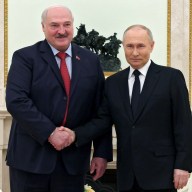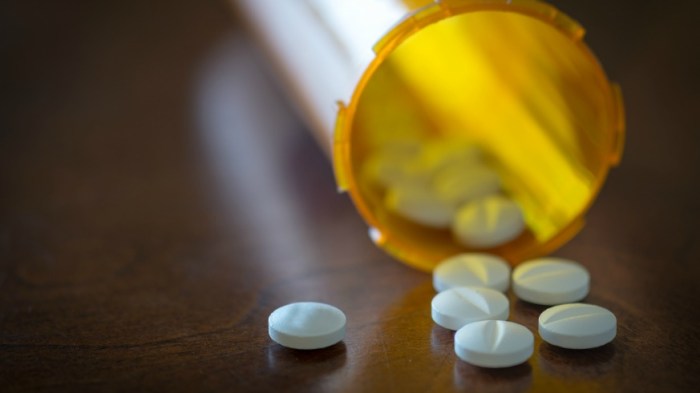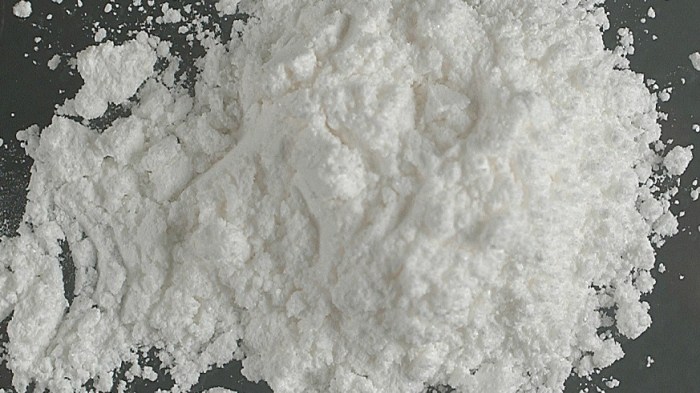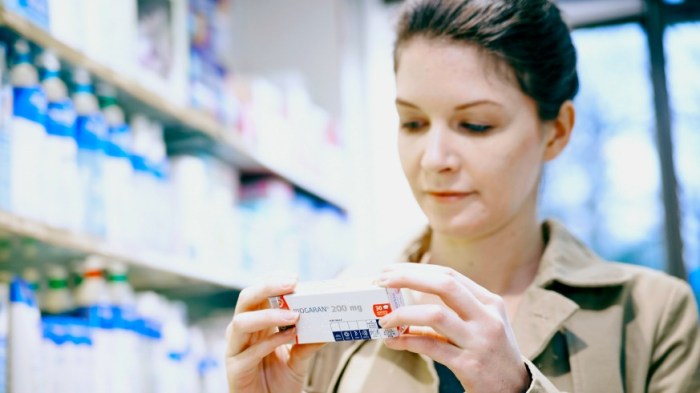A marathon is brutal on the body. From heat exhaustion to dehydration to muscle cramps and chaffing, runners get battered during those 26.2 miles.
At Monday’s Boston Marathon, backaches, breakdowns and blowouts are bound to occur.
To assist the 30,000 runners who will take part, the marathon will have 1,700 medical personnel volunteers on hand, scattered around the course, from Hopkinton to Copley Square.
Helping oversee that care will be Chris Troyanos, certified athletic trainer and the race’s medical services coordinator. This will be Troyanos’40th Boston Marathon as a volunteer. He started helping as a student at Northeastern University 1977, and has been involved ever since. He has been medical coordinator for the past 25 years.
Metro spoke with Troyanos this week about what goes on in the medical tent on race day, some of the common reasons runners require help and what those athletes they should expect to feel right after crossing the finish line.
How many runners end up at a medical tent and for what reasons?
It varies, and the key factor in that determination is weather. We’re trying to get an understanding of what Monday’s weather is going to look like. Based on heat, humidity, those types of issues, our injury rates will go up as the heat goes higher…[Local runners] are used to running in cold, damp miserable weather. In the heat you have to slow down, you can’t think you’re going to go out for a personal best.
In the medical areas along the course, how do you balance dealing with a runner who wants to get back on the course but may need a medical break?
We try to talk to our runners about making good personal decisions, both before the race and then during the race. Sometimes they listen, sometimes they don’t. Our medical team is trying to give the best advice they can and make sure these runners are not going to make choices that will cause further injuries. They might come in and get water, take a rest, get a band-aid or vaseline and keep on going. If it’s something more serious and we have to pull them from the race, we’ll do it. That doesn’t happen very often though to be honest.
What are the biggest reasons a runner ends up visiting a medical tent?
We see a lot of different medical conditions; the top three are cardiac arrest, hyponatremia and then exertional heat stroke. When you’re dealing with even 65-, 70-degree temperatures it would not be a surprise to us to see runners coming in with body core temperatures north of 105, 106 degrees, which are medical emergency status. [For] exertional heat stroke, in 2012, we treated over 4,000 runners, many with body core temperatures of 108 degrees.
Then getting back to hyponatremia, where people can drink too much [water] even in hot weather, that’s another severe medical condition where their body sodium levels go dangerously low. What we do in all of our medical tents is provide IV[intravenous] therapy. For us to do that we need to know exactly what that runner’s blood chemistry is, particularly their sodium levels. We have Abbott’s i-STAT point of care device that allows us to rapidly turn around those chemistries, make a determination of what that sodium level is, so we know we can safely give them an IV.
Why is that sodium level important?
Sodium level’s in your blood chemistry, think of it as allowing your electrical system to work in your body. When it goes below a certain level — this isn’t a technical term — things start to “short out,”or not work very well. It can cause some major damage to your brain particularly your brain stem and unfortunately you can die from hyponatremia.
What can happen to a runner when they finish the marathon?
One of the conditions we see a lot is what is called “exercise associated collapse.” What’s happening is the runners are obviously putting out a lot of energy, their muscles are helping pump the blood back up to the heart and brain when they’re running, but when they slow down or particularly stop, what can happen is the blood pools in the extremities. You’re going to get lightheaded, you’re going to get dizzy, you’re probably a little bit dehydrated at that point. People can pass out. It’s important to tell the runners to keep moving and not stop once they get through that area.
Boston Marathon medical care by the numbers:
45,200 foil blankets
35,000 gallons of water
28,200 bananas
4,000 bandages
1,000-2,000 runners, spectators assisted every year
1700 medical volunteers
900 IVs
700 beds
300 pounds of ice
28 medical stations
25 EKG machines
20 Abbott i-STAT portable blood analysis systems
10 hospital partners (5 on the course, 5 in Boston)


















